Oregon, a jewel of the Pacific Northwest, is a land of diverse landscapes and unparalleled natural beauty. From rugged coastlines to dense forests, from high desert plains to snow-capped peaks, the state offers a myriad of breathtaking vistas and outdoor adventures. For travel enthusiasts, Oregon is a playground for exploration, where every turn reveals a new scenic wonder or historical treasure. Among its most prized attractions are its national parks and natural sites, each of which tells a unique story of the region’s geology, ecology and history. This article delves into the heart of Oregon’s national parks, offering insights into what makes each a must-visit for anyone who wants to experience the state at its finest.

1. Crater Lake National Park
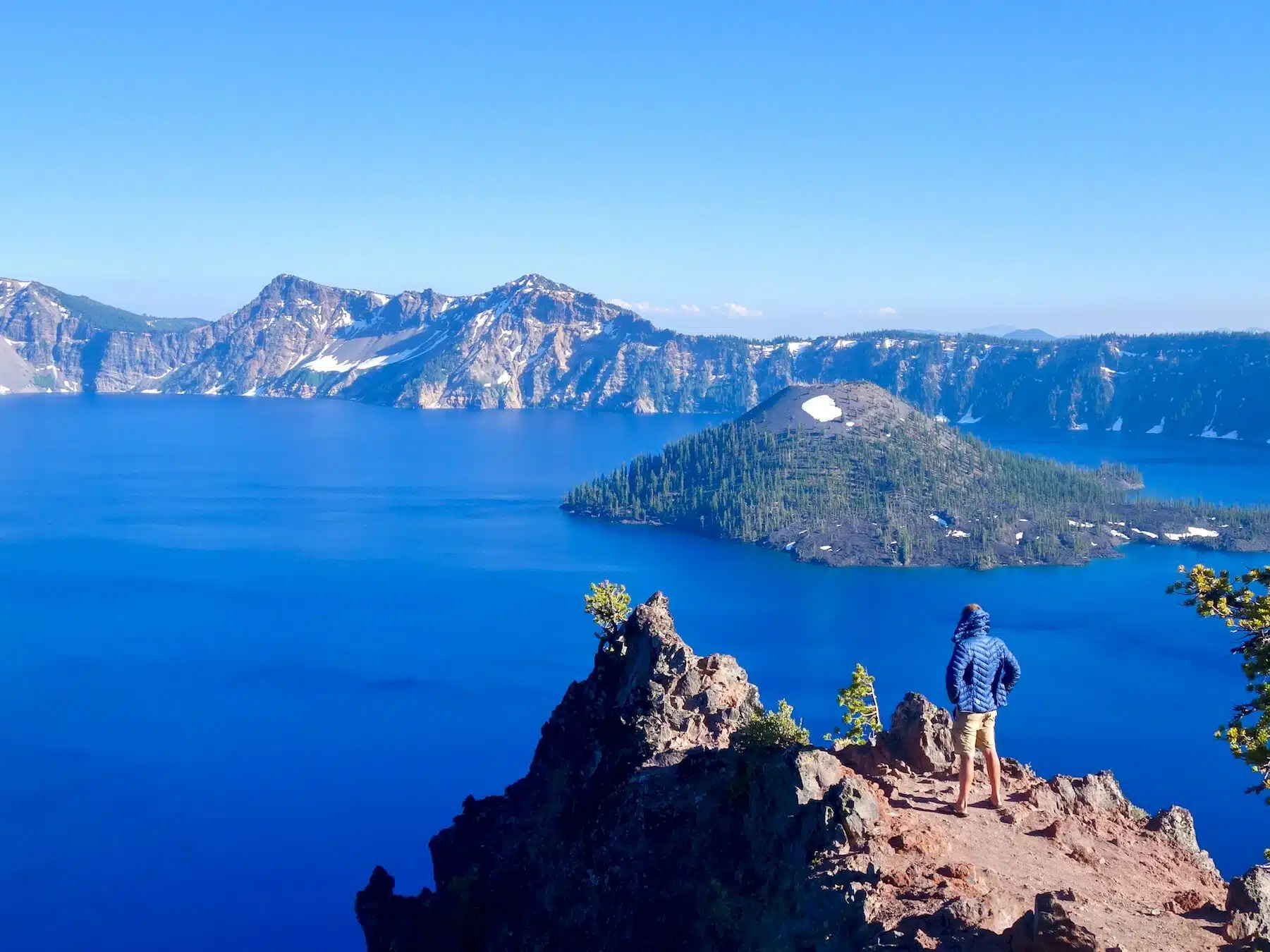
The Deep Blue Marvel:
Crater Lake National Park is one of the best national park in Oregon. It is a testament to nature’s artistry. Located atop a dormant volcano in the Cascade Mountain Range, it’s home to the deepest lake in the USA. The lake’s deep blue hue, a result of its depth and purity, is a sight to behold.
Activities Galore:
Visitors can indulge in a plethora of activities. During winters, the park transforms into a snowy wonderland, ideal for snowshoeing and cross-country skiing. Summer months offer hiking opportunities with trails that offer panoramic views of the lake, dense forests, and meadows. The park is also a haven for birdwatchers, with over 250 species of birds calling it home.
A Historical Retreat:
The park has a rich history, with indigenous tribes considering it a sacred site. The Klamath tribe, in particular, has legends associated with the lake, adding a layer of mystique to it.
2. Fort Vancouver National Historic Site
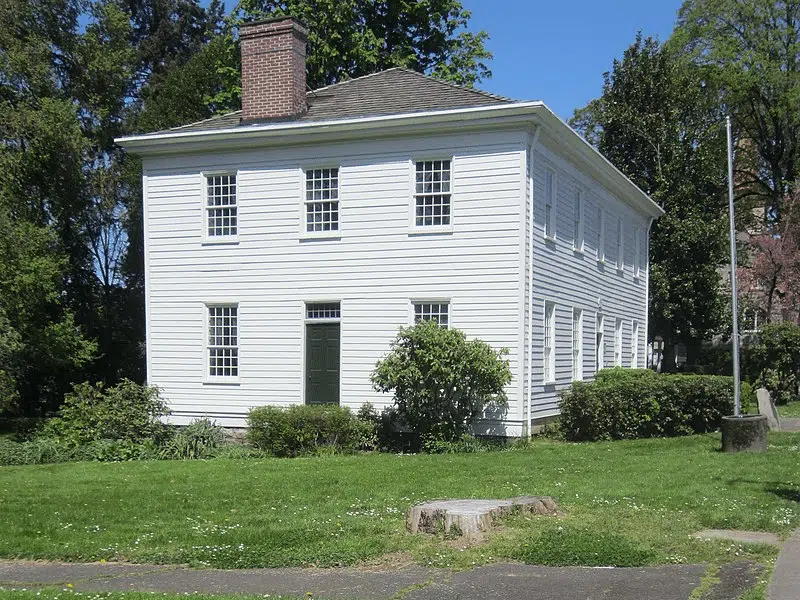
A Tale of Two States:
Fort Vancouver, a national historic site, straddles the states of Washington and Oregon. It offers a deep dive into the Pacific Northwest’s history, showcasing the life and times of the 19th century.
Oregon’s Legacy:
In Oregon, the site overlooks the Willamette River and is home to the McLoughlin House and the Barclay House. Both structures, built in the 1840s, serve as educational museums, offering a glimpse into the era’s architectural and cultural nuances.
Engaging Activities:
Visitors can partake in guided tours, interactive talks, and Victorian handcraft demonstrations. The site often hosts reenactments, allowing visitors to experience history firsthand.
3. John Day Fossil Beds National Monument
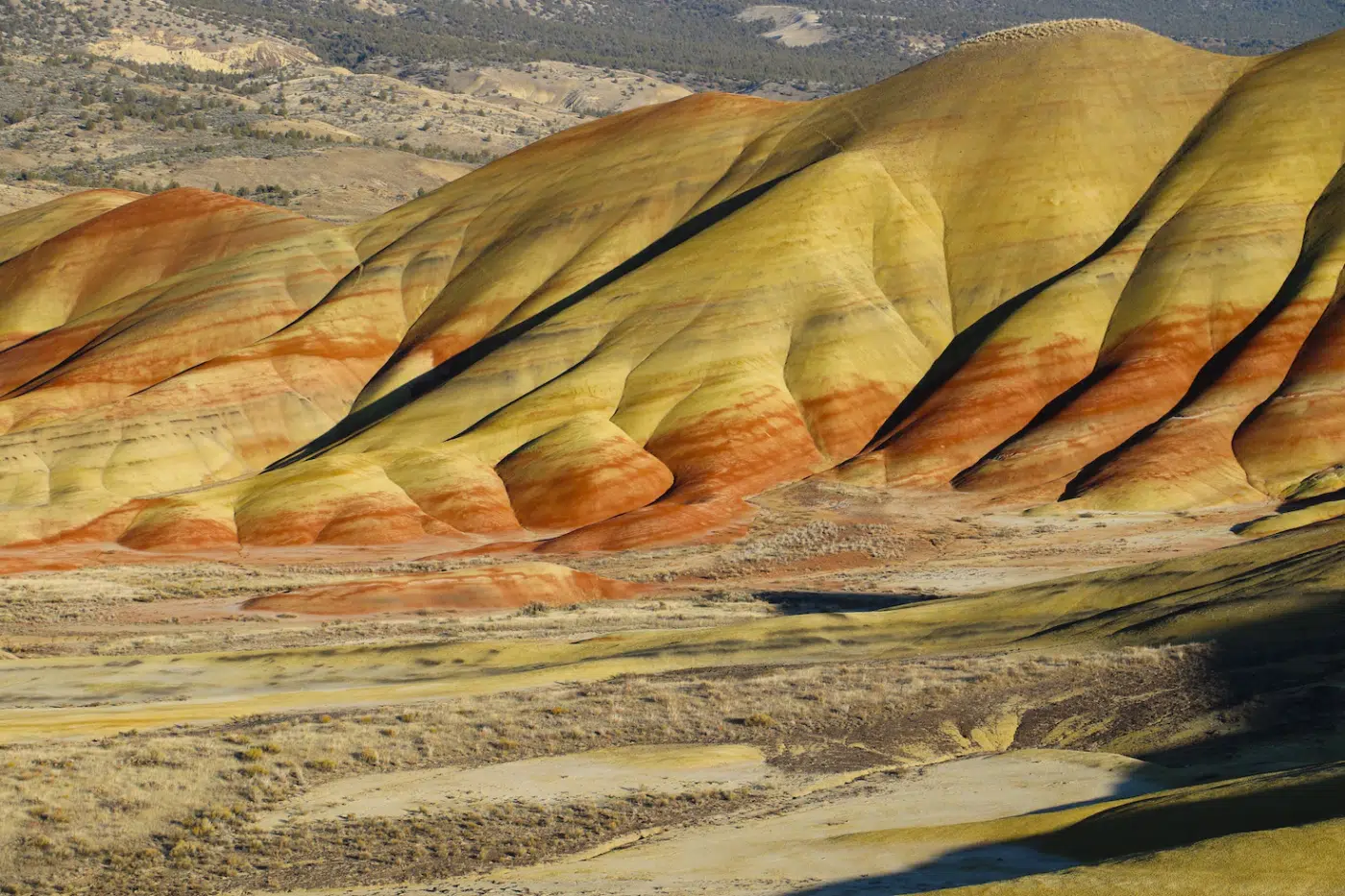
A Journey Back in Time:
Located in east-central Oregon, this national monument is like a time capsule. The rock formations, vibrant in color, chronicle a history spanning 40 million years. They reveal tales of past ecosystems, climatic shifts, and the evolution of flora and fauna. This park is definitely one of the top must-see national parks in Oregon.
Diverse Landscapes:
The monument is divided into three distinct units: Sheep Rock, Painted Hills and Clarno. Each offers unique landscapes, from fossil-rich rocks to colorful hills that seem to change color with the day’s time.
Educational Hubs:
The Thomas Condon Paleontology Center is a must-visit. It houses over 500 fossils from the region, murals depicting prehistoric life, and a state-of-the-art paleontology laboratory.
4. Newberry National Volcanic Monument
Volcanic Wonders:
This monument, nestled within the Deschutes National Forest, showcases central Oregon’s volcanic legacy. It spans over 54,000 acres, dotted with lava flows, cinder cones, and unique geological formations.
A Wildlife Haven:
The monument’s diverse habitats are home to a plethora of wildlife. From bald eagles soaring in the sky to raccoons rustling in the underbrush, it’s a treat for nature enthusiasts.
Recreational Delights:
Visitors can indulge in a range of activities, from hiking and fishing to snowmobiling and cross-country skiing in winter. The monument’s trails, like the Lava Butte Trail, offer insights into the region’s volcanic history.
5. Lewis and Clark National Historic Trail & Park
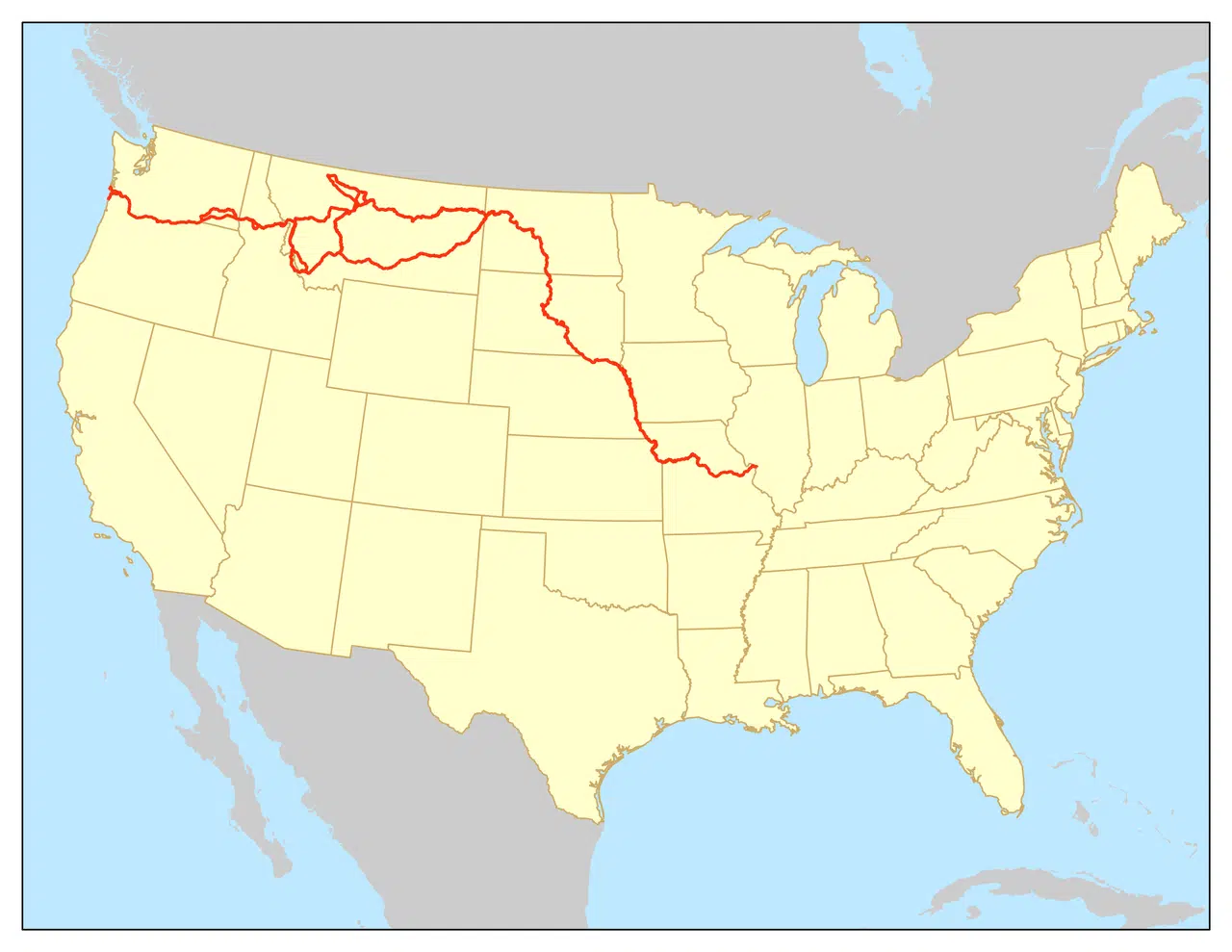
An Expedition of Discovery:
The Lewis and Clark National Historic Trail traces the famous expedition from 1803 to 1806. Spanning 16 states, it’s a monumental route that changed the course of American history.
Oregon’s Treasures:
In Oregon, the trail boasts 42 sites, each narrating a chapter of the expedition’s story. From state parks to museums and hiking trails, there’s a wealth of experiences awaiting visitors.
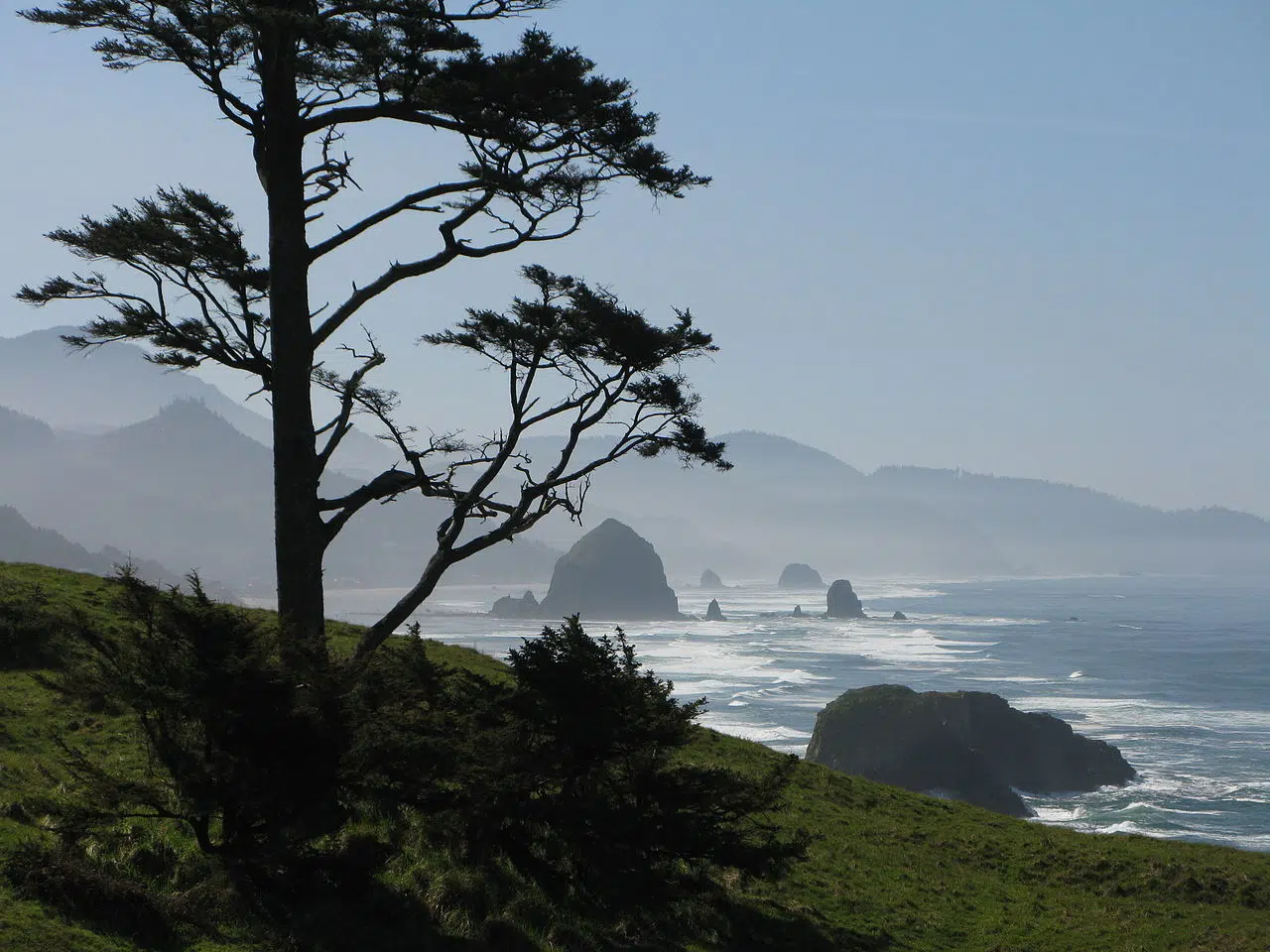
Living History:
The Lewis and Clark National Historic Park, distinct from the trail, offers immersive experiences. Sites like Ecola State Park and Fort Clatsop provide historical reenactments, interactive exhibits, and guided tours that transport visitors back in time.
6. Nez Perce National Historic Park
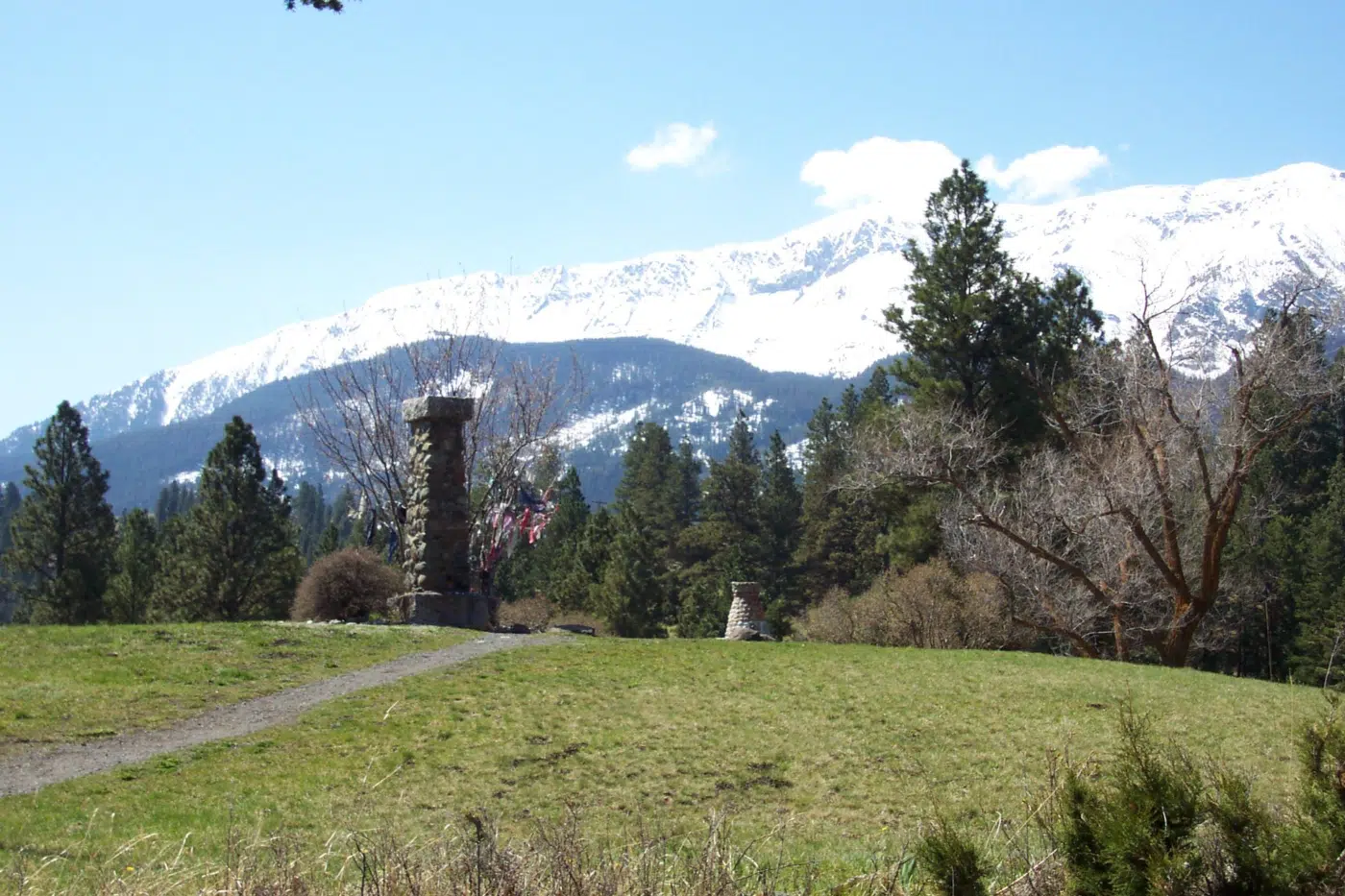
Tribal Legacy:
Dedicated to the Nez Perce tribe, this park is a tribute to their resilience and culture. It comprises 38 sites, each echoing the tribe’s rich history and traditions.
Sacred Grounds:
In Oregon, the Old Chief Joseph Gravesite stands out. This sacred site is dedicated to one of the most revered Nez Perce chiefs. It’s a place of reflection, offering insights into the tribe’s struggles and triumphs.
Cultural Exploration:
Visitors can explore the adjacent Iwetemlaykin State Heritage Site and the Wallowa County Museum. Both offer a deep dive into the tribe’s history, traditions, and their interactions with settlers.
7. Oregon Caves National Monument And Preserve
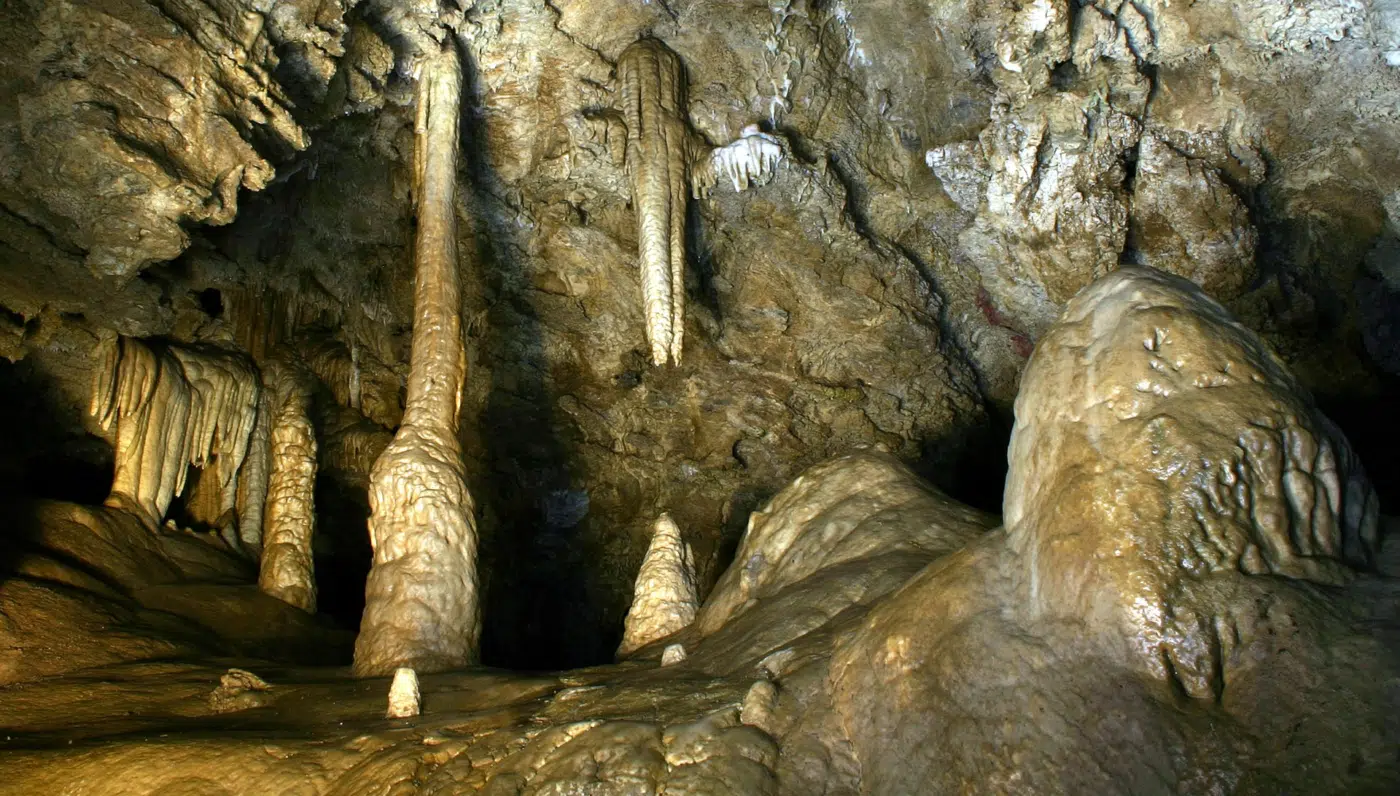
Subterranean Marvels:
Known as the “Marble Halls of Oregon“, this site offers a spelunking adventure like no other. The caves, formed over millions of years, are a maze of tunnels, chambers, and unique rock formations.
Biodiversity Hotspot:
The preserve surrounding the caves is a biodiversity hotspot. It’s home to several species that are found nowhere else on Earth, making it a must-visit for nature enthusiasts.
Guided Adventures:
Visitors can embark on guided cave tours, each tailored to different fitness levels. From easy walks to challenging crawls, there’s an adventure awaiting everyone.
More National Sides in Oregon
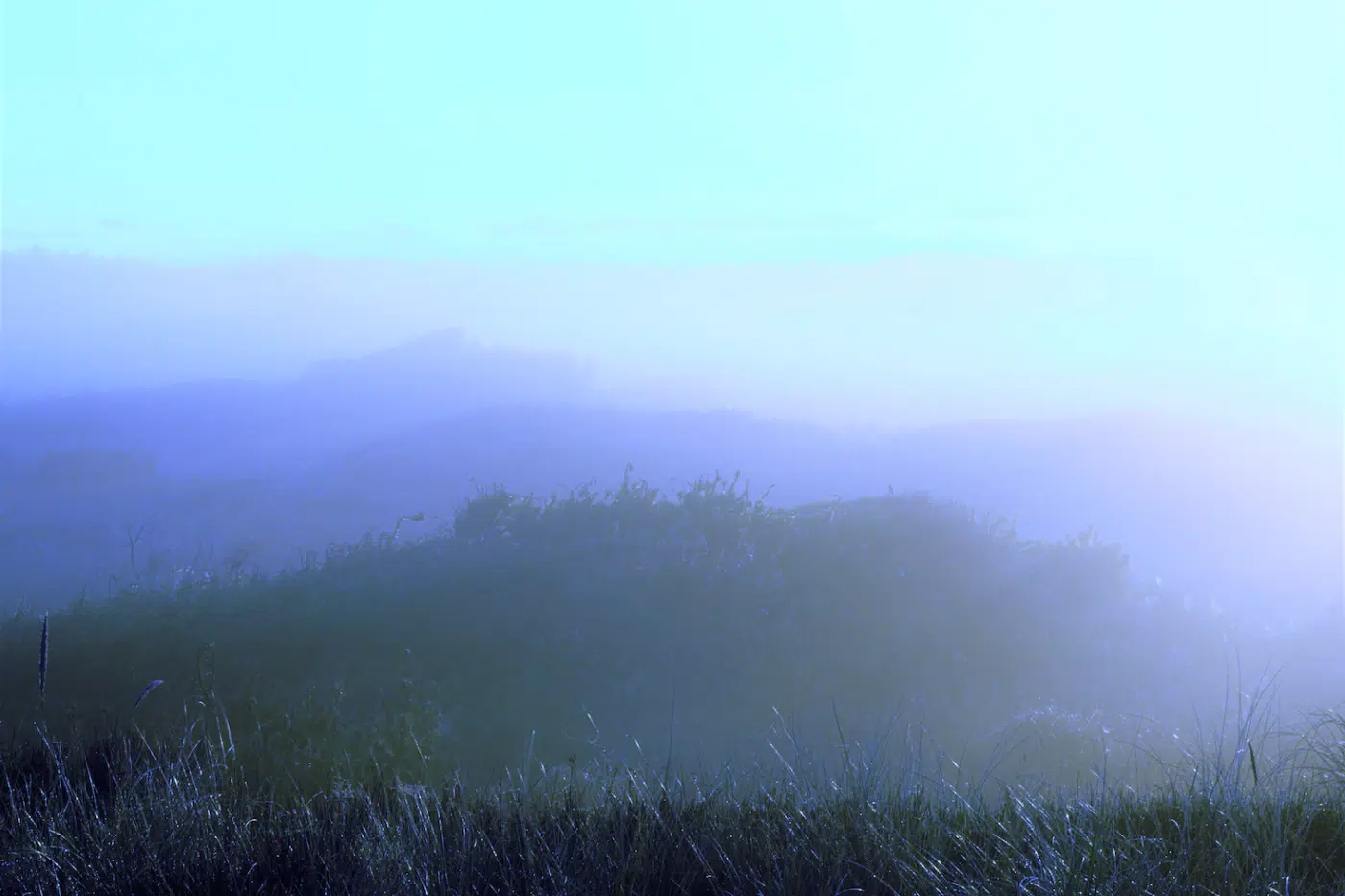
Here are some other national parks in Oregon:
- Ice Age Floods National Geologic Trail – A Cataclysmic Past: This trail tells the story of the massive floods that reshaped the landscape of the Pacific Northwest during the last Ice Age. Between 18,000 and 15,000 years ago, an ice dam in northern Idaho burst, releasing floodwaters that carved up much of Washington, Oregon and other states. The trail offers a chance to see the scars left by these floods. Massive boulders, deep canyons and unique geological formations. It serves as reminders of nature’s raw power.
- California National Historic Trail – the gold rush Era: This trail traces the journey of over 250,000 emigrants who travelled to California’s gold fields and fertile farmlands in the 1840s and 1850s. The trail covers more than 5,000 miles and crosses 10 states. In Oregon, visitors can walk in the ruts and tracks left by pioneer wagons, providing a tangible link to the past.
- Nez Perce National Historical Park: This park celebrates the history and culture of the nimíipuu (Nez Perce) people. Spread across four states and it comprises 38 sites that hold cultural and historical significance. In Oregon, the park is home to the Old Chief Joseph Gravesite, a place of reverence and reflection.
- Oregon Dunes National Recreation Area: Stretching along the Pacific coast, the Dunes offer a unique landscape of shifting sands, sculpted by wind and water over thousands of years. It’s a haven for off-road vehicle enthusiasts, hikers and photographers alike.
- Hells Canyon National Recreation Area: Deeper than the Grand Canyon, Hells Canyon is a breathtaking gorge carved by the Snake River. It’s a great spot for hiking, fishing and taking in the awe-inspiring views of the rugged landscape.
National Forests in Oregon
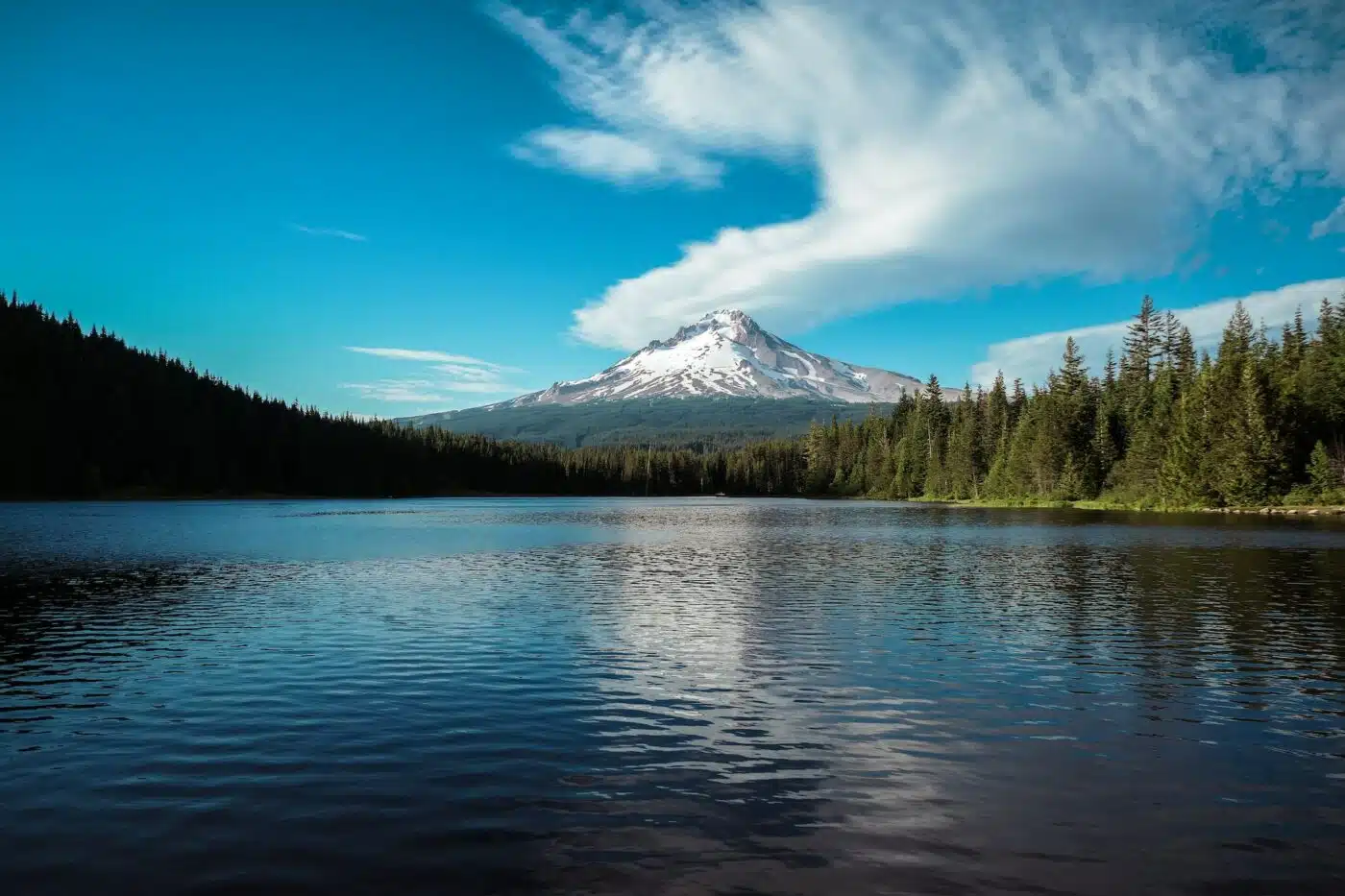
- Deschutes National Forest: Nestled in central Oregon, this forest is a mosaic of pine trees and the winding Deschutes River. It’s a popular destination for hiking, fishing, and white-water rafting, with the river’s clear waters offering a serene backdrop.
- Mount Hood National Forest: Dominating the landscape with its snow-capped peak, Mount Hood is surrounded by a lush forest that offers a range of recreational activities, from skiing in the winter to hiking and camping in the summer. There you will also find the beautiful Trillium Lake.
- Siuslaw National Forest: Located along the Central Oregon coast, this forest stretches from Reedsport to the north, offering a mix of coastal and forested landscapes. It’s a great place for hiking, camping, and exploring the diverse ecosystems.
- Willamette National Forest: Encompassing the western slopes of the Cascade Mountains, this forest is home to pristine rivers, dense forests, and scenic byways. It’s a paradise for outdoor enthusiasts, with numerous trails, waterfalls, and camping spots.
- Wallowa-Whitman National Forest: In the northeastern Oregon, this forest offers a mix of rugged wilderness, alpine meadows and serene lakes. It’s a great spot for hiking, camping, and wildlife watching.
- Rogue River-Siskiyou National Forest: Stretching across southwestern Oregon, this forest is known for its diverse ecosystems, from coastal rainforests to rugged mountain terrains. It’s a haven for hikers, campers and nature lovers.
- Umatilla National Forest: Located in the Blue Mountains of northeastern Oregon, this forest offers a serene escape with its dense woodlands, meadows and clear streams. It’s a popular spot for hiking, fishing, and camping.
Each of these places offers a unique blend of natural beauty and recreational opportunities, making them must-visit destinations for nature enthusiasts exploring Oregon.
How Many National Parks Are in Oregon?
Oregon, often celebrated for its natural splendor, is home to a myriad of national sites that capture the essence of its diverse landscapes and historical narratives. Officially, Oregon boasts 5 National Parks. These parks range from the awe-inspiring depths of Crater Lake to the intricate caverns of the Oregon Caves. Additionally, the state is dotted with National Historic Trails like the California and Oregon Trails, which echo the footsteps of early American settlers and pioneers.
Beyond the official national parks, Oregon also shelters National Historic Sites, National Geologic Trails and National Monuments. Each of these sites, whether it’s the remnants of ancient floods at the Ice Age Floods National Geologic Trail or the rich tribal heritage at the Nez Perce National Historical Park, contributes to Oregon’s rich tapestry of natural wonders and historical tales.
For those keen on exploring the “National Parks in Oregon,” it’s essential to note that while there’s one primary national park, the state’s national sites, monuments, and trails collectively offer a comprehensive and diverse experience of Oregon’s natural beauty and historical significance.
Where Are the Most Beautiful National Parks in Oregon?
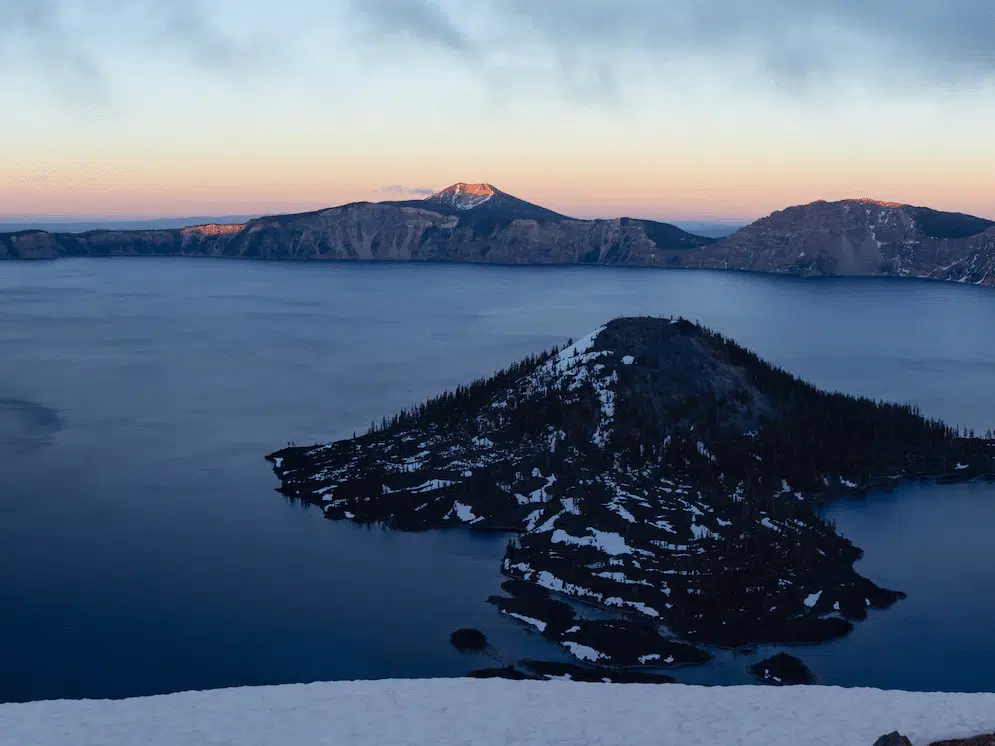
Oregon’s diverse landscapes are a testament to nature’s grandeur, with each national park offering a unique spectacle of beauty and wonder. Among the plethora of scenic spots, here are the top three most beautiful national parks in Oregon:
Crater Lake National Park: A mesmerizing blend of deep blue waters and surrounding cliffs, Crater Lake is Oregon’s crown jewel. Formed by the eruption of Mount Mazama, this lake stands as one of the deepest in the world. Its pristine waters, reflecting the clear blue sky above, make it a sight to behold and a must-visit for every nature lover.
Ecola State Park: Nestled along Oregon’s rugged coastline, Ecola State Park offers breathtaking views of the Pacific Ocean, rocky sea stacks, and dense coastal forests. The iconic Haystack Rock, standing tall against the backdrop of the vast ocean, adds to the park’s allure, making it a favorite spot for photographers and nature enthusiasts alike.
Columbia River Gorge National Scenic Area: A paradise for waterfall chasers, this gorge is home to numerous cascades, including the majestic Multnomah Falls. The blend of roaring waterfalls, the serene Columbia River, and the surrounding greenery creates a picturesque setting that captures the essence of Oregon’s natural beauty.
What is the Most Popular Park in Oregon?
Oregon is home to numerous national parks and sites, each offering its own unique charm and allure. However, when it comes to popularity, one park stands out from the rest, consistently drawing visitors from all over the world.
Crater Lake National Park: Topping the list as the most popular park in Oregon, Crater Lake National Park is renowned for its breathtaking beauty and pristine waters. With over 3,000 reviews on Tripadvisor, visitors often rave about the park’s mesmerizing views, deep blue waters, and the surrounding landscapes. Formed by the eruption of Mount Mazama, Crater Lake is one of the deepest lakes in the world. Tourists often mention the bright blue cloudless skies that enhance the park’s beauty, making it a must-visit destination. Whether you’re hiking around the rim, taking a boat tour to Wizard Island, or simply soaking in the views, Crater Lake offers an unparalleled experience that leaves a lasting impression on its visitors.
Visiting Crater Lake National Park is more than just a sightseeing trip. It’s an opportunity to witness nature’s grandeur and the transformative power of volcanic activity. If you’re planning a trip to Oregon, this iconic park should undoubtedly be at the top of your list.
What is the Most Iconic National Park in Oregon?
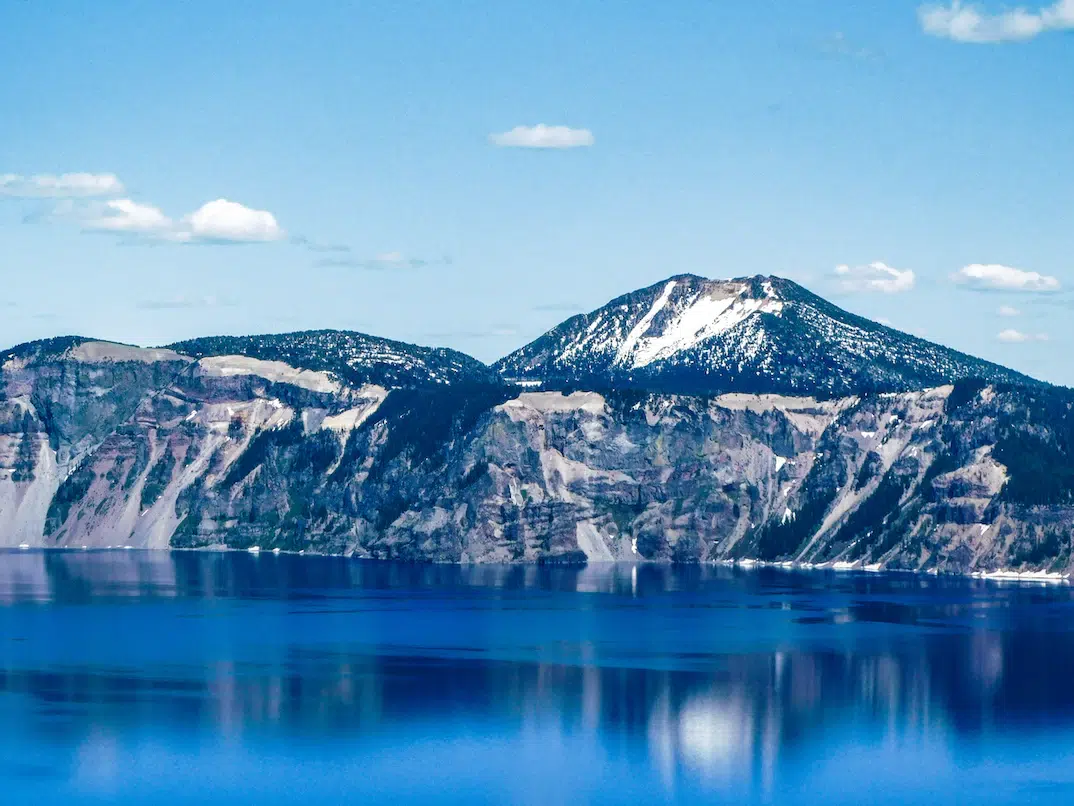
Crater Lake National Park: Without a doubt, Crater Lake National Park is Oregon’s most iconic national park. This distinction is not just because it’s the state’s only official national park, but also due to its unique formation and captivating beauty. The park’s centerpiece, Crater Lake, is the deepest lake in the U.S. and is renowned for its crystal-clear waters and mesmerizing blue hue.
The lake’s origin story is equally fascinating; it was formed when Mount Mazama erupted and subsequently collapsed, creating a vast crater that was filled by rain and snow over time. Today, visitors from around the world are drawn to its pristine waters, the surrounding cliffs, and the intriguing Wizard Island, a cinder cone that rises from the lake’s western edge.
Is Yosemite National Park in Oregon?
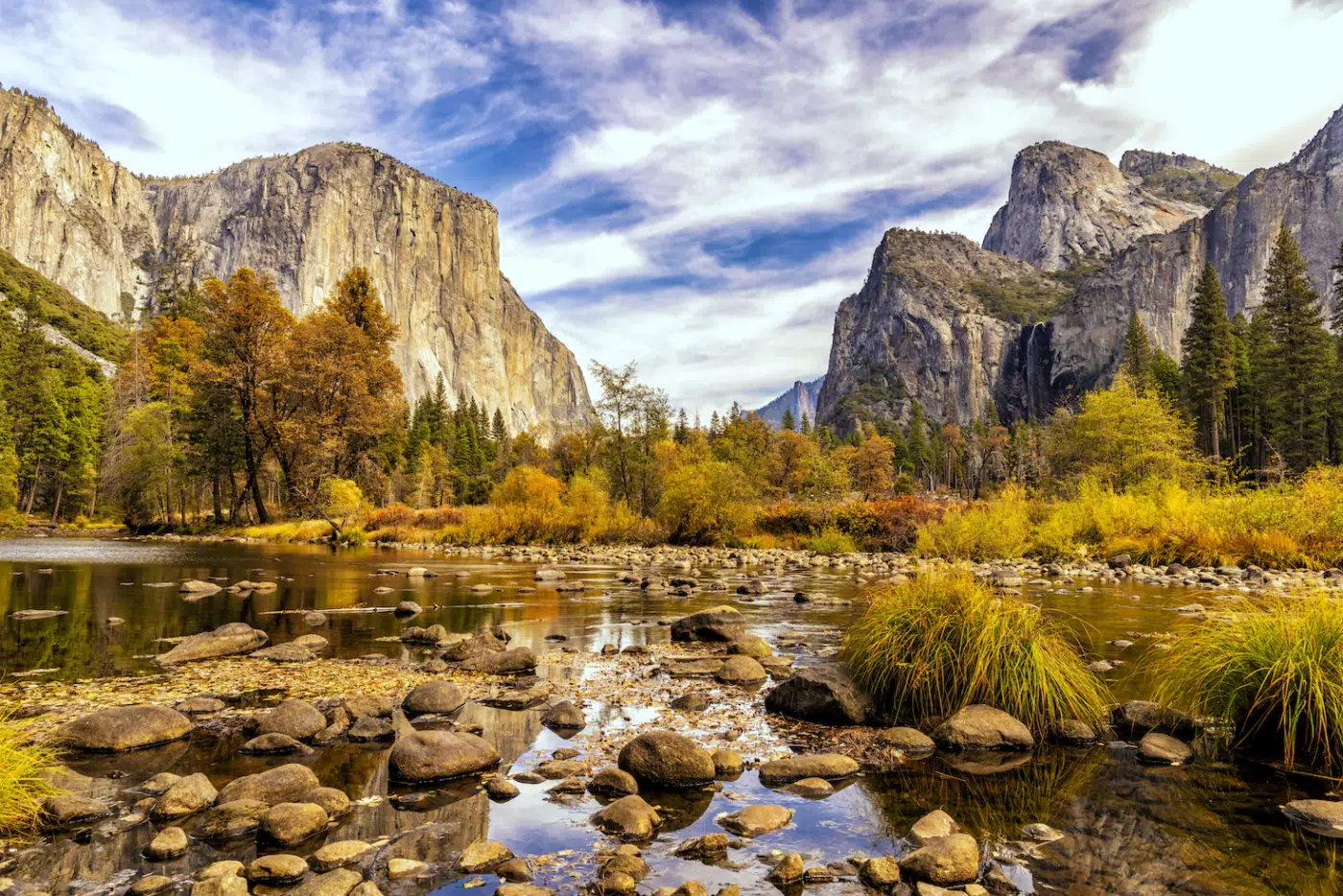
Yosemite National Park, renowned for its awe-inspiring granite cliffs, cascading waterfalls, and ancient sequoia trees, is not located in Oregon. Instead, it resides in the state of California, nestled within the Sierra Nevada mountain range. Established in 1890, Yosemite is one of the oldest and most iconic national parks in the United States.
Oregon, on the other hand, boasts its own array of stunning national parks and sites, such as Crater Lake National Park, which is famous for its deep blue waters and unique volcanic origin. While both states offer incredible natural beauty and diverse landscapes, Yosemite National Park is exclusively a gem of California. If you’re planning a trip to the Pacific Northwest and have Yosemite on your list, you’ll need to head south to California to experience its grandeur.
Conclusion
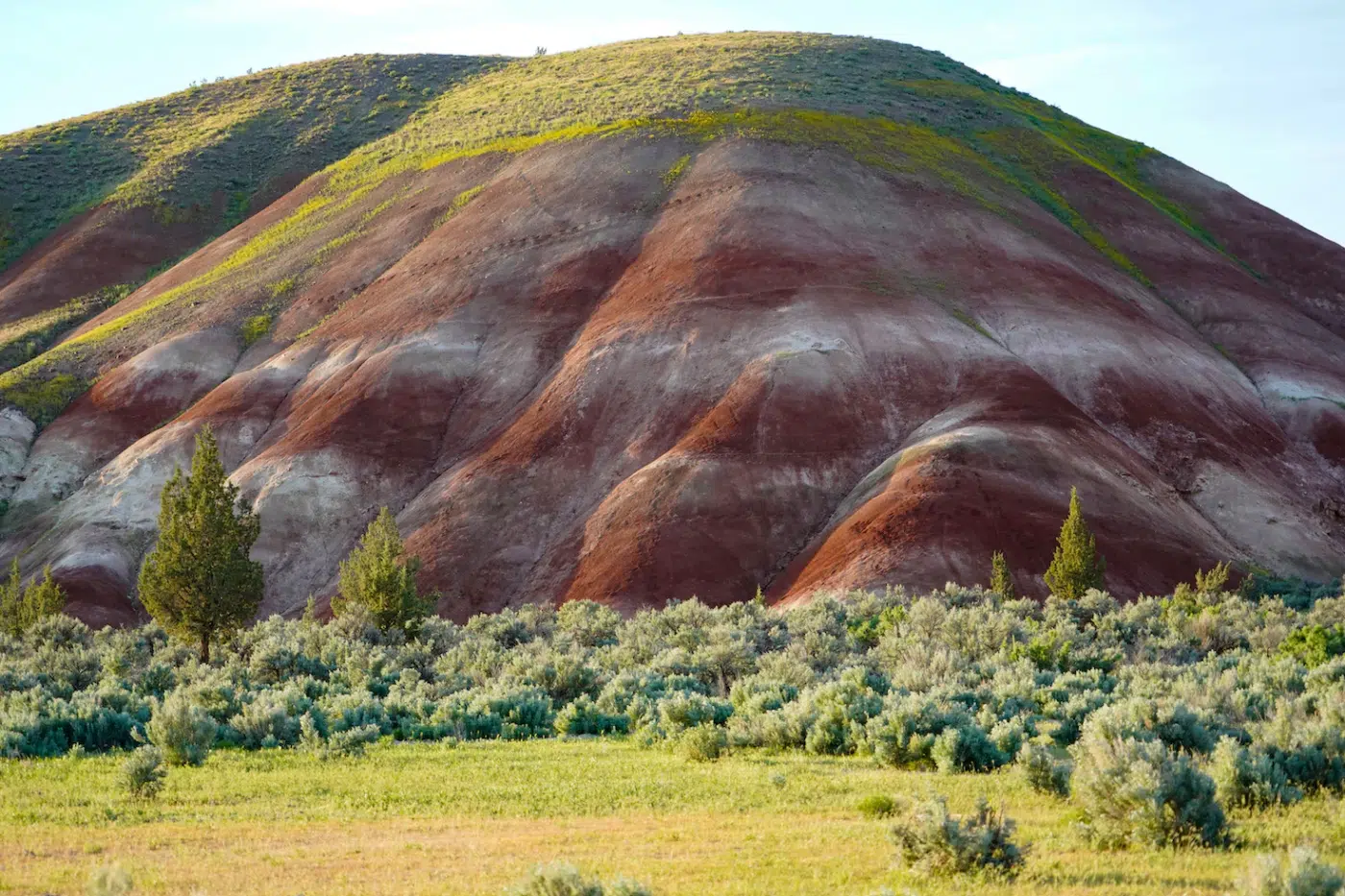
In the tapestry of America’s natural wonders, Oregon’s national parks and nature sites stand out as vibrant patches of wilderness, history, and beauty. They are not just destinations but experiences, each offering a unique journey into the state’s rich natural and cultural heritage. Whether you’re an avid hiker, a history buff, or someone simply seeking solace in nature, Oregon’s parks beckon with the promise of adventure and discovery.
As we’ve journeyed through these parks, it’s evident that Oregon is more than just a state; it’s a testament to the enduring beauty of the natural world. So, pack your bags, lace up your hiking boots, and set out on a journey through Oregon’s national treasures. The wonders of the Beaver State await!
Article: “National Parks in Oregon: A Nature Lover’s Paradise”! Looking for more articles about the United States? Visit our section about the United States of America!
Or Looking for a comparison: The National Park in Arizona or some Parks in Montana?
- A Milestone in North Korea Tourism: Russian Tourists Arrive - January 14, 2024
- Rediscovering China’s Skies: China International Flights Recovery - January 7, 2024
- Exploring the Philippines: A Record-Breaking Tourism in 2023 - January 7, 2024

